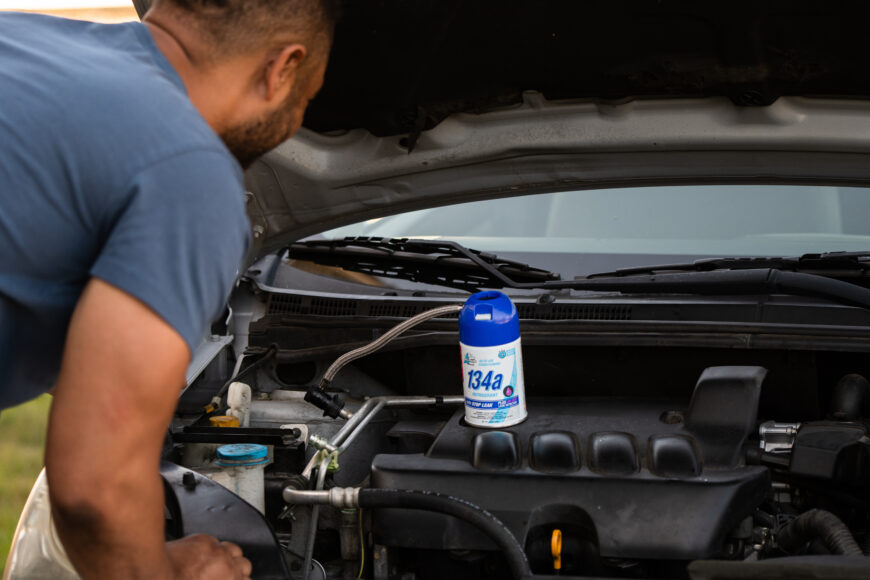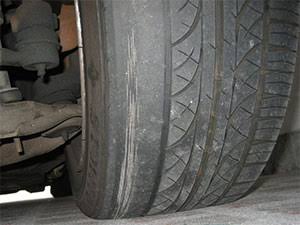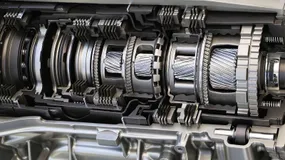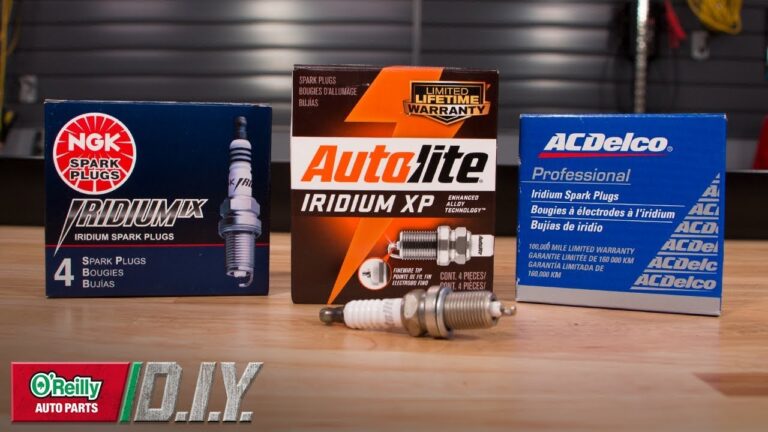Can AutoZone Put Freon In Your Car?

When your car’s air conditioning (AC) isn’t cooling as effectively as it should, low refrigerant (commonly referred to as Freon) is often the culprit. If you’re wondering, “Can AutoZone put Freon in your car?”, the answer is no — AutoZone does not offer a direct service to add Freon or recharge your vehicle’s AC system for you. However, they can provide you with the tools and supplies needed to do it yourself. Let’s explore what AutoZone can offer and how you can recharge your AC at home.
What is Freon (Refrigerant) in Your Car?
Freon is a brand name that has become synonymous with refrigerants used in air conditioning systems. Technically, the most common refrigerant used in vehicles today is R-134a, though newer vehicles may use R-1234yf. These refrigerants are responsible for carrying heat away from the inside of your car, allowing the AC system to blow cool air. Over time, refrigerant levels can drop due to leaks, and your AC system may need a recharge.
Signs That You Need to Add Freon to Your Car
If you’re experiencing any of these issues, it might be time to check the refrigerant level and consider adding more:
- Warm air blows from the vents even when the AC is on.
- Weak airflow from the AC system.
- Unusual noises like clicking or hissing coming from the AC components.
- Frost or ice forming on the AC components.
If you notice any of these signs, it could indicate low refrigerant levels, and you may need to add more Freon.
Can You Add Freon Yourself?
While AutoZone does not have a service to put Freon in your car, they do offer recharge kits that make adding Freon relatively simple for car owners. These kits come with everything you need to recharge your car’s AC system at home.
What Does AutoZone Offer for Freon Recharging?
Here’s what AutoZone provides for car owners looking to recharge their AC:
1. AC Recharge Kits
AutoZone sells AC recharge kits that include:
- Refrigerant (Freon): A can or cans of refrigerant, which are used to refill your vehicle’s AC system.
- A Hose and Gauge: The hose connects to the low-pressure port on your AC system, and the gauge allows you to monitor the pressure to ensure you don’t overcharge the system.
- Instructions: Most kits come with step-by-step instructions that guide you through the recharge process.
2. Freon (R-134a or R-1234yf)
Depending on your vehicle, AutoZone offers R-134a and R-1234yf refrigerants. Be sure to check which type of refrigerant your car uses before purchasing.
3. A/C Sealer Kits
If you suspect a leak in your AC system, AutoZone also offers A/C sealer products. These sealants are designed to temporarily seal minor leaks and can help your AC hold refrigerant longer.
How to Recharge Your AC Using AutoZone Products
If you’re ready to recharge your car’s AC with Freon, here’s a basic guide to doing it yourself:
Step 1: Check the Pressure
Before adding Freon, you’ll need to check the pressure of your car’s AC system using the included gauge. If the pressure is low, it means you likely need to add refrigerant.
- Low Pressure: If the gauge shows low pressure (usually under 30 psi), the system likely needs more refrigerant.
- Normal Pressure: If the pressure is in the recommended range (typically 30-40 psi), your AC may be working properly, and adding Freon may not be necessary.
Step 2: Prepare Your Car
Turn the engine on, and set your AC to the highest setting with the fan running at full speed. This helps the system circulate air as the refrigerant is added.
Step 3: Connect the Recharge Hose
Locate the low-pressure port of your AC system. This port is usually larger than the high-pressure port and is located near the AC compressor. Attach the recharge hose to this port.
Step 4: Add the Freon
Follow the instructions provided with the kit. Hold the can of refrigerant upright, and press the valve to release refrigerant into the system. Keep an eye on the pressure gauge to avoid overcharging. Add refrigerant until the pressure reaches the recommended level.
Step 5: Test Your AC
After the recharge, turn your AC on again to see if the air is colder. If it’s still not cooling, there may be a more serious issue, such as a refrigerant leak.
When Should You Seek Professional Help?
While recharging your AC can be a quick and affordable DIY fix, there are situations where professional help may be necessary:
1. Persistent Cooling Problems
If your car’s AC still isn’t cooling properly after recharging it, there may be a more serious issue, such as a leak in the system, a faulty compressor, or a damaged condenser.
2. Refrigerant Leaks
If you suspect your car has a refrigerant leak, it’s important to have it diagnosed and repaired by a professional. Simply adding more Freon will only provide a temporary fix, and a leak will continue to cause the refrigerant to escape.
3. Overcharging the AC System
Overcharging the AC system can cause damage to the components, leading to costly repairs. If you’re unsure about how much refrigerant to add or how to use the recharge kit properly, it’s best to consult a professional mechanic.
Benefits of DIY Freon Recharge at AutoZone
There are several advantages to handling your car’s AC recharge on your own with AutoZone’s products:
- Cost-Effective: Recharge kits are generally more affordable than paying for professional service.
- Convenience: You can do the recharge at home, saving time and scheduling issues.
- Easy to Use: The kits come with simple instructions, and the process is straightforward for most vehicle owners.
Conclusion
To summarize, AutoZone cannot directly add Freon to your car, but they do provide everything you need to recharge your AC system yourself, including recharge kits, refrigerant, and accessories. If you’re comfortable with DIY car maintenance, you can easily perform the recharge at home. However, if your AC continues to have problems after recharging, or if you suspect a refrigerant leak, it’s best to seek the help of a professional mechanic.





